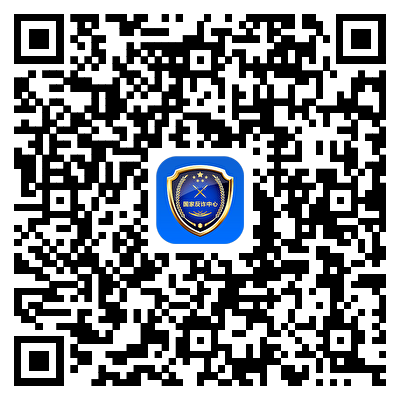Title: Understanding the Research Methodology and Approaches for AI-Enhanced Writing
Artificial Intelligence (AI) has revolutionized the field of writing, offering new opportunities and challenges for researchers and writers alike. To effectively harness the power of AI in paper writing, it is essential to understand the research methodology and approaches involved. This article will explore the various methods and techniques employed in AI-enhanced writing, highlighting their advantages, limitations, and potential future applications.
**Introduction**
The integration of AI into writing has significantly transformed the way we create and share knowledge. From automated summarization to language generation, AI tools have made it possible to streamline the writing process and improve overall efficiency. However, to truly harness the potential of AI-based writing, it is crucial to have a deep understanding of the research methodologies and approaches that underpin these technologies. In this article, we will delve into some of the key aspects of AI-enhanced writing research and discuss their relevance to modern academic writing.
**Understanding Researchers’ Methods and Approaches in AI-Enhanced Writing**

Researchers in the field of AI-enhanced writing employ a wide range of methodologies and techniques to analyze, evaluate, and develop these systems. Some of the most common approaches include:
1. Data Collection: The first step in developing an AI system is to collect relevant data from various sources. This involves identifying appropriate data sets, cleaning and preprocessing the data, and selecting features that will be used to train the AI model.
2. Model Selection: Once the data is collected, researchers must choose an appropriate machine learning or deep learning algorithm to train the AI model. Factors such as accuracy, computational complexity, and training time are taken into consideration when making this decision.
3. Model Training and Evaluation: After selecting the model architecture, researchers must train the AI system on the collected data using appropriate algorithms such as supervised learning or unsupervised learning. The trained model is then evaluated using various metrics to assess its performance on new data.
4. System Integration and Testing: Once the model is trained and evaluated, it is integrated into a user-friendly interface for end-users to utilize. This involves testing the system thoroughly to ensure that it meets the desired requirements and behaves as expected in real-world scenarios.
**Advantages and Limitations of AI-Enhanced Writing Research**
Despite its many benefits, AI-enhanced writing research faces several challenges and limitations. Some of the key advantages of these methodologies include increased efficiency, improved accuracy, and enhanced creatiViTy in the writing process. However, there are also concerns about the potential loss of human touch in writing and the ethical implications of relying solely on AI systems for academic work.
To address these challenges, researchers must balance the benefits of AI with its limitations, ensuring that these systems are developed responsibly and ethically. This requires ongoing collaboration between computer scientists, linguists, and other experts in the field to ensure that AI-enhanced writing technologies remain relevant and effective.
**Future Implications for AI-Enhanced Writing Research**
As AI technology continues to evolve, so too will the research methods and approaches used in AI-enhanced writing. Some potential areas of future research include exploring how to enhance existing AI systems through more advanced machine learning algorithms, developing new models that can mimic human creativity and critical thinking abilities, and investigating how to integrate AI tools into existing educational systems to improve student learning outcomes.
In conclusion, understanding the research methodology and approaches involved in AI-enhanced writing is essential for anyone interested in this rapidly growing field. By exploring the various methods used by researchers in this area, we can gain a better appreciation for the strengths and limitations of these technologies, as well as their potential future applications.







 津公网安备12011002023007号
津公网安备12011002023007号